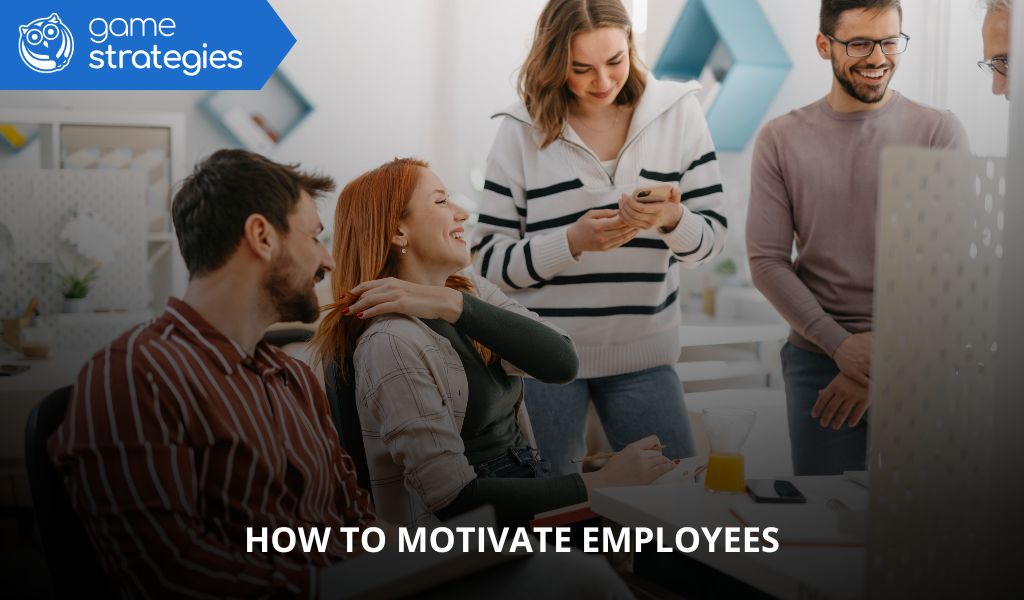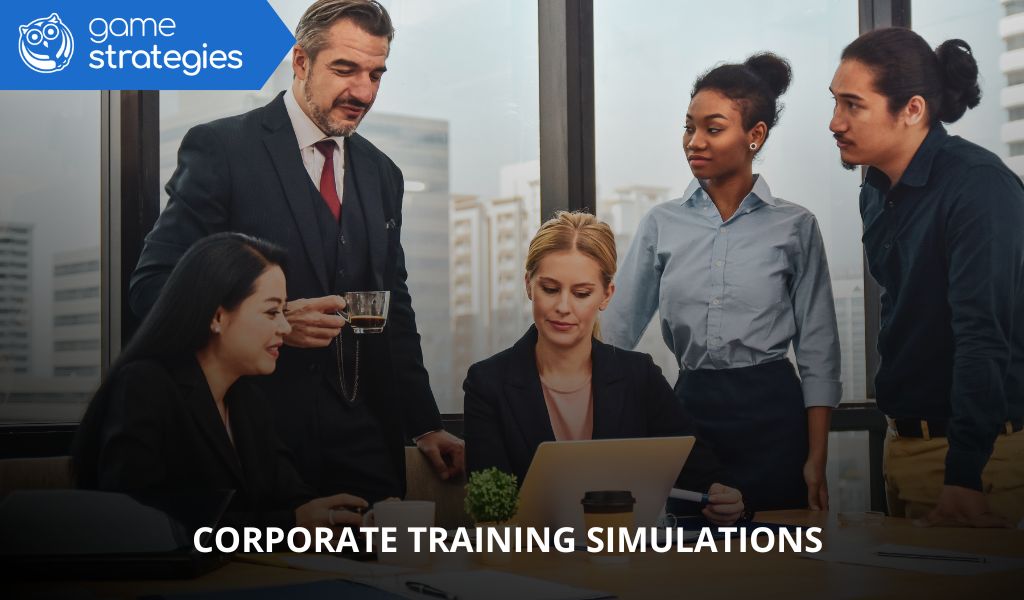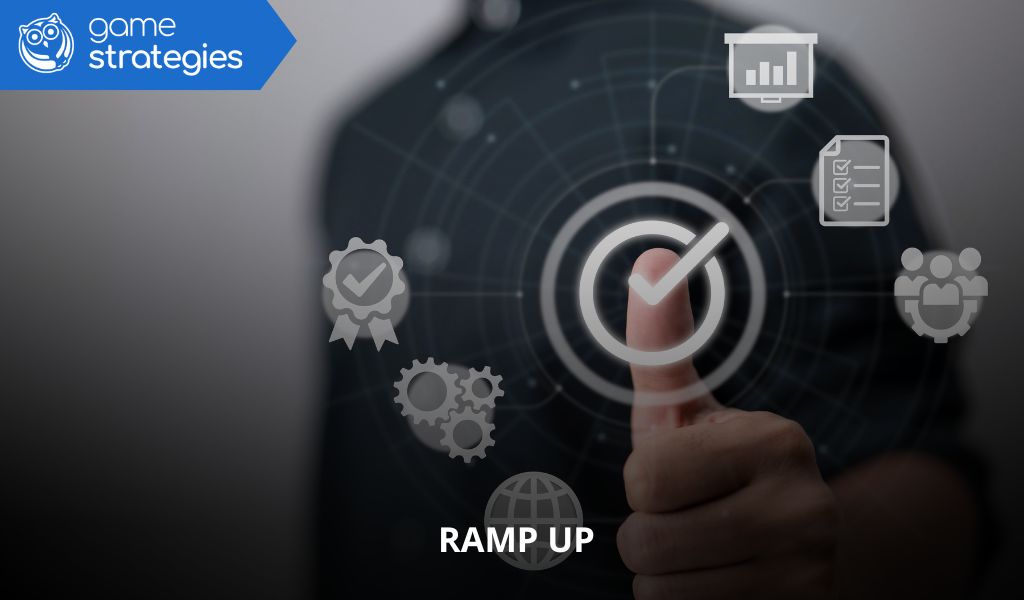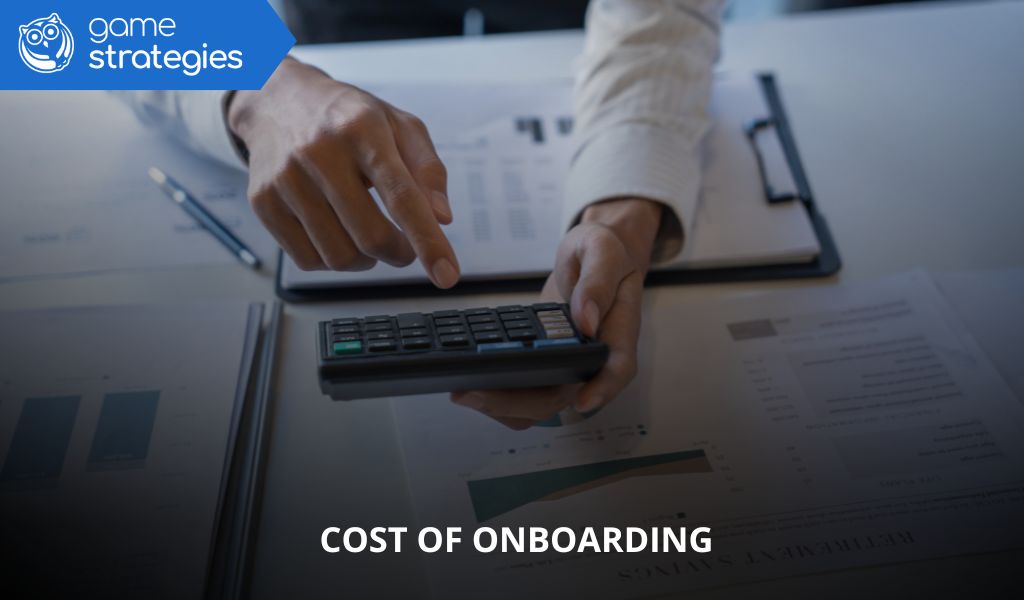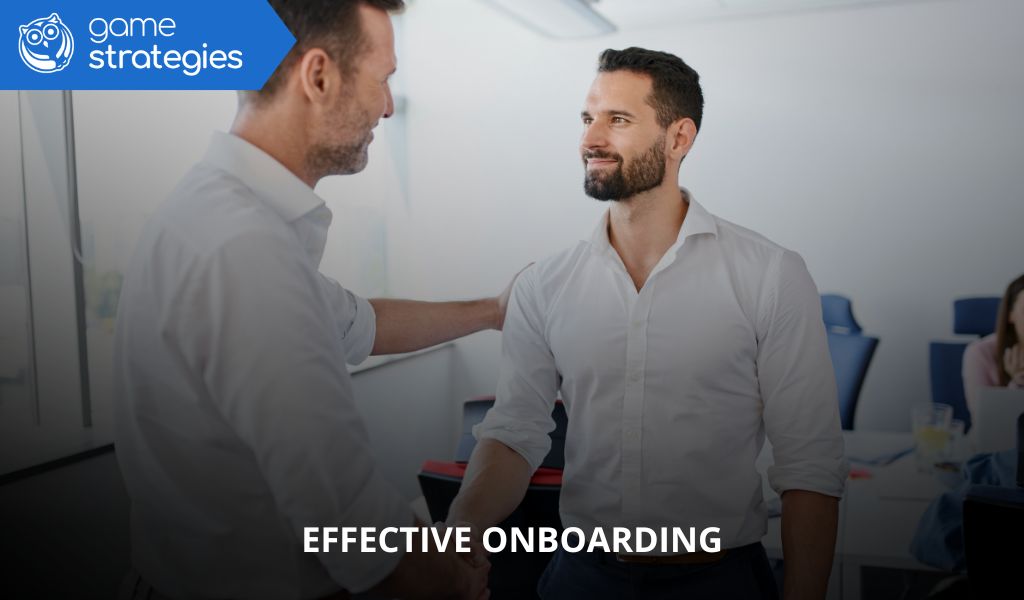In today’s increasingly competitive business environment, having a motivated team is not just desirable but essential. Employee motivation directly impacts productivity, quality of work, talent retention, and workplace culture.
However, motivation is not only about financial incentives. It requires a solid strategy that combines recognition, flexibility, autonomy, feedback, and tools such as motivational gamification to strengthen daily engagement.
In this article, we share 5 practical strategies on how to motivate employees and improve business results, along with resources from Game Strategies, specialists in training and employee engagement solutions.
1. Continuous Feedback and Recognition
One of the most effective ways to build engagement is through timely, authentic, and visible recognition.
Recognising Individual and Team Achievements Publicly
Workplace recognition—whether for meeting goals, contributing ideas, or showing consistency—has a direct impact on motivation. The key is to make recognition visible, frequent, and above all, genuine.
Check out these ideas to reward your team that not only lift morale but also improve cohesion.
Frequent Feedback
Effective feedback helps employees understand their strengths and areas for improvement. Unlike annual reviews, continuous feedback fosters trust, agility, and consistent improvement.
Formal Recognition Programmes
Initiatives such as “Employee of the Month,” internal leaderboards, or digital badges are simple yet powerful ways to build a motivating workplace culture.
Gamification can automate and track achievements. Learn more in our guide to introducing gamification into your corporate training.
2. Autonomy and Alignment with Business Goals
When employees feel ownership over their work, their commitment and motivation increase significantly.
Allowing Employees to Design Their Own Work
Promoting workplace autonomy means giving employees the ability to decide how they organise tasks, approach challenges, and collaborate with others.
This also applies to their learning: at Game Strategies, we offer customisable training programmes that let employees progress at their own pace, with gamified missions and goals.
Linking Tasks to Personal Objectives
Connecting daily work to a greater purpose enhances both satisfaction and performance. Setting both shared and individual goals aligned with the company’s strategy is highly effective.
Supporting Professional Development
The chance to learn and grow is one of the most valued ways when exploring how to motivate employees. Investing in continuous training shows employees that the company is committed to their growth.
Discover how to apply this through gamified training for companies.

3.Building a Culture of Listening and Belonging
Employees who feel heard and valued are more likely to stay engaged with company objectives.
Active Listening Through Feedback
Implementing listening channels such as surveys, suggestion boxes, or one-to-one meetings reinforces mutual trust.
Creating Safe Spaces
Encouraging open communication where employees can express themselves without fear of repercussions is fundamental for motivation. Psychological safety is a cornerstone of team performance.
Promoting Human Connection
Not everything revolves around results. Strengthening personal relationships, camaraderie, and respect creates bonds that reinforce teamwork.
An effective tool here is gamified onboarding, which builds strong connections from day one.
4. Flexibility and Meaningful Benefits
Offering workplace flexibility as part of your strategy on how to motivate employees is not a trend but a necessity. Allowing people to better manage their time directly impacts their wellbeing and performance.
Flexible Work Models
Hybrid schedules, adjustable working hours, and remote work are highly valued benefits that boost motivation and work-life balance.
Personalised Benefits Packages
Tailoring benefits—health, training, time off, mobility—ensures they meet the needs of employees at different stages of their careers.
Tangible and Non-Monetary Incentives
Rewarding employees with days off, exclusive experiences, or specialised training can often be more motivating than financial bonuses.
Not sure where to start? We can help you design a motivational system with a gamification approach: discover how to use educational gamification to boost workplace performance.
5. Healthy Competition and Workplace Gamification
Introducing play elements and challenges into the workplace fosters performance without creating negative pressure.
Creating Friendly Competitions with Clear Rules
Weekly challenges, leaderboards, or individual missions encourage healthy competition. It’s important to keep rules clear and reward both participation and achievement.
Using Gamification to Recognise Efforts
Motivational gamification transforms everyday tasks into more engaging experiences. Points, levels, badges, and storytelling help reinforce positive behaviours and strengthen workplace culture.
Learn more in our dedicated section on corporate gamification.
Learning how to motivate employees is not about applying a single solution but combining different approaches that recognise individual needs, environments, and aspirations.
From motivational leadership to intelligent use of tools such as gamification, there are multiple ways to improve results through motivation.
With platforms like Game Strategies, you can integrate feedback, recognition, autonomy, and training into a single gamified solution designed to maximise engagement and productivity.
Are you ready to transform your company culture into one that is motivating, flexible, and effective?
Discover how with Game Strategies.
¿De cuánta utilidad te ha parecido este contenido?
¡Haz clic en una estrella para puntuarlo!
Promedio de puntuación 0 / 5. Recuento de votos: 0
Hasta ahora, ¡no hay votos!. Sé el primero en puntuar este contenido.

